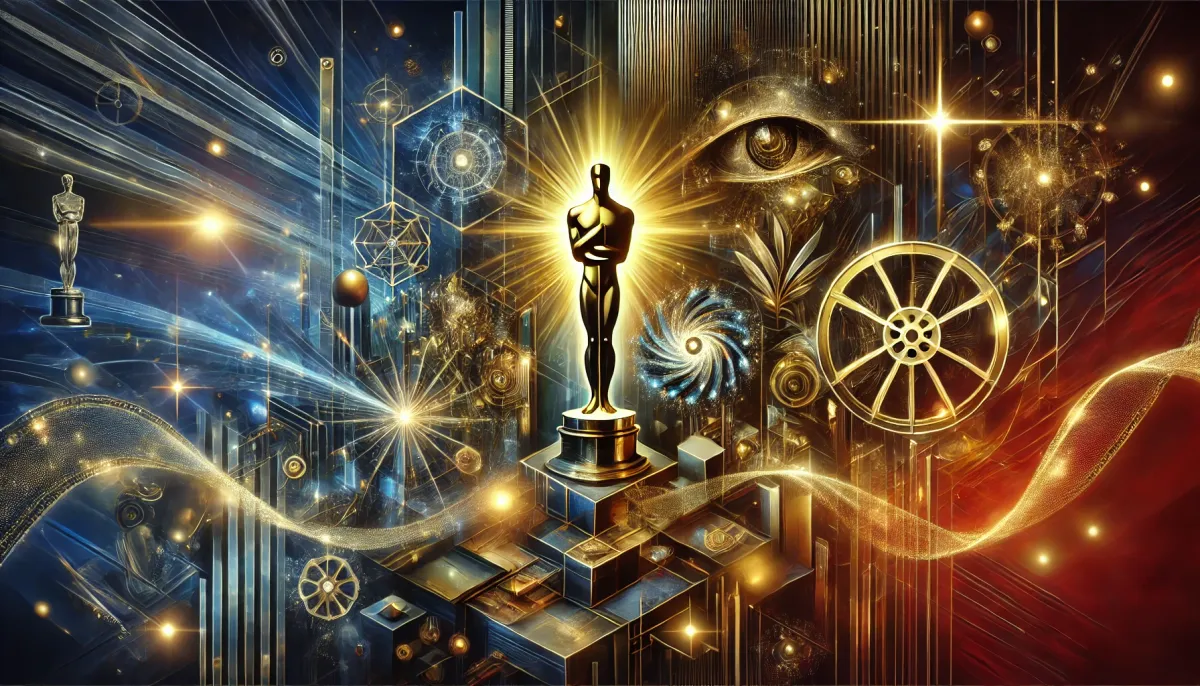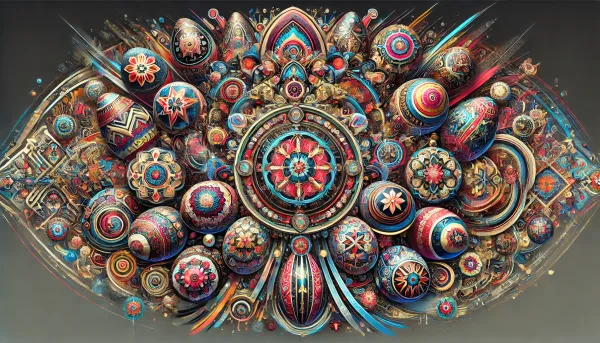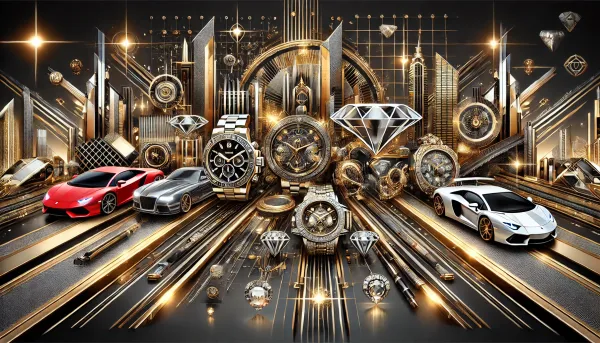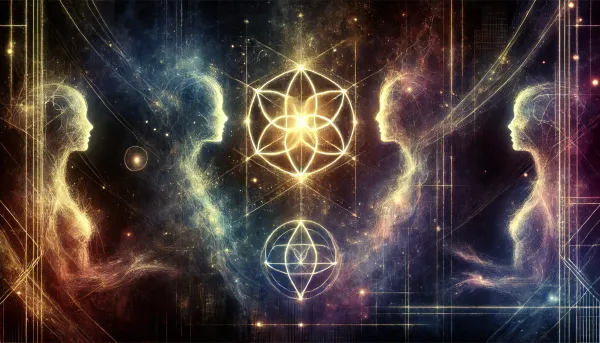Fusion in Focus: How the 2025 Oscars Highlight the Merge of Physical & Digital Worlds in Film
Discover how 2025’s Oscar contenders are blurring the lines between tangible, handcrafted filmmaking and cutting-edge digital innovation - reshaping storytelling in a new era of cinematic fusion.

The 2025 Oscars race isn’t just a battle for statuettes—it’s a showcase of filmmaking’s evolving language. This year, nominees are boldly merging practical effects, set designs, and authentic performances with state-of-the-art digital techniques. From AI-enhanced dialogue to visually arresting digital landscapes, the fusion of the physical and digital is redefining cinema.
A New Era of Cinematic Storytelling
Filmmakers have long relied on physical craftsmanship—elaborate sets, real-world props, and on-location shoots that bring authenticity and texture to their work. Today, however, the digital revolution offers tools that amplify this craft. Digital effects, computer-generated imagery (CGI), and even generative AI are now integral parts of production. The result? Films that feel both tangible and otherworldly, where the physical grit of real-world elements meets the limitless possibilities of digital innovation.
2025 Oscars: Where Fusion Takes Center Stage
This year’s nominees provide vivid examples of this hybrid approach:
- Dune: Part Two:
Merging massive practical sets with breathtaking digital effects, this epic continues to push boundaries. The film’s seamless blend of meticulously constructed physical environments and advanced visual effects exemplifies how directors are reimagining science fiction by merging tangible production design with digital spectacle. - The Brutalist:
Brady Corbet’s film is a case study in the ethical and creative challenges of modern technology. Celebrated for its authentic portrayal of a Hungarian immigrant’s journey, the film sparked controversy over its use of AI to perfect accents and refine dialogue. This delicate interplay between human performance and digital enhancement raises vital questions about creative authenticity and the ethical limits of technological intervention in storytelling. - Emilia Pérez:
Leading the nominations with a historic 13 nods, this musical drama illustrates how digital tools can extend the capabilities of performers. By integrating digital voice enhancements and innovative sound design, the film constructs a rich, layered narrative that respects its roots in human performance while boldly venturing into new territory. Its digital enhancements not only elevate the musical numbers but also reinforce the emotional arcs of its complex characters. - Wicked:
Transcending its stage origins, this film adapts the magic of Broadway into cinematic form. With dazzling visual effects and digitally augmented musical numbers, Wicked stands as a testament to how traditional storytelling and modern technology can work in harmony. The film’s visual palette—enhanced by cutting-edge CGI and digital color grading—invites audiences to experience the beloved story in an entirely new light. - Anora:
Adding its unique flavor to the mix, Anora seamlessly blends gritty Brooklyn realism with refined digital artistry. Set against the vibrant urban backdrop of Brooklyn, the film captures raw street-level energy through on-location shooting, while employing subtle digital enhancements—such as meticulous color grading, digital compositing, and ambient sound design—to heighten its emotional impact. Anora is a prime example of how urban storytelling can benefit from a hybrid approach, where the authenticity of real-life environments is amplified by digital tools that add depth and nuance to the narrative.
Technological Integration and Creative Authenticity
The merging of physical and digital methods is not without its debates. Purists argue that an overreliance on digital tools risks sanitizing the raw emotional power that comes from genuine, hands-on filmmaking. Critics of films like The Brutalist have questioned whether the use of AI to perfect accents might overshadow the natural talent of the performers. However, proponents point to the creative freedom and efficiency that digital technology provides—enabling directors to craft scenes that would be impossible to achieve using only traditional methods.
In the case of Anora, the fusion is executed with a keen sensitivity to its urban subject matter. The film’s digital enhancements are used not to replace the authenticity of on-location shooting but to enrich it, adding a hyper-real texture that complements the visceral energy of Brooklyn life. This approach allows the film to capture both the spontaneity of real environments and the meticulous craftsmanship of modern digital editing.
Audience Impact and Industry Trends
The impact of this fusion on audiences is profound. Viewers today expect films that not only tell compelling stories but also offer immersive visual experiences. The digital augmentation of physical sets and performances has redefined what audiences consider "real" on screen. Movies like Dune: Part Two and Emilia Pérez offer an experience where the line between the tangible and the digital blurs, creating a cinematic language that speaks directly to a tech-savvy generation.
Moreover, the industry's embrace of hybrid filmmaking techniques reflects broader trends in media consumption. Innovations such as augmented reality (AR) and virtual reality (VR) are beginning to influence not just production but also the way films are experienced at home. The evolution of streaming platforms—offering high-resolution, interactive viewing experiences—further underscores the importance of merging physical authenticity with digital excellence.
Future Implications: Redefining Creative Boundaries
Looking ahead, the future of filmmaking promises even greater integration of digital tools into traditional production processes. Directors are already exploring new methods for visual storytelling, where digital effects are used to create entirely new worlds that coexist with real-world settings. This hybrid approach not only expands the creative possibilities but also sets the stage for films that are more immersive and emotionally engaging.
For instance, future Oscar ceremonies might feature augmented reality segments that allow audiences to explore digital recreations of iconic film sets. Meanwhile, innovations in sound design and AI-assisted editing could further refine the balance between human artistry and digital precision. As filmmakers continue to experiment with these technologies, the very definition of cinematic authenticity may evolve—becoming a dynamic interplay of physical craftsmanship and digital innovation.
The fusion of physical and digital worlds in movies is not a fleeting trend but a transformative shift in how stories are told. The 2025 Oscars nominees exemplify this evolution, with each film reflecting a unique balance of hands-on artistry and digital wizardry. Whether through expansive sci-fi epics, intimate musical dramas, or gritty urban narratives like Anora, filmmakers are redefining what’s possible. As technology continues to advance, audiences can look forward to increasingly innovative cinematic experiences—where the line between the tangible and the virtual blurs, and creativity knows no bounds.
In this brave new cinematic landscape, the fusion of practical effects with digital enhancements not only enriches storytelling but also paves the way for future innovations that will continue to reshape the art of filmmaking.
Disclaimer:
This content is not affiliated with, sponsored by, or endorsed by the Academy of Motion Picture Arts and Sciences (“the Academy”), the Oscars®, or any related entities. All Academy Award and Oscars® marks are registered trademarks of the Academy. The views and opinions expressed herein are solely those of the author and do not reflect the official policies or positions of the Academy. Any reference to Academy Awards, nominations, or winners is provided for informational and editorial purposes only and should not be construed as an official statement or endorsement by the Academy.





